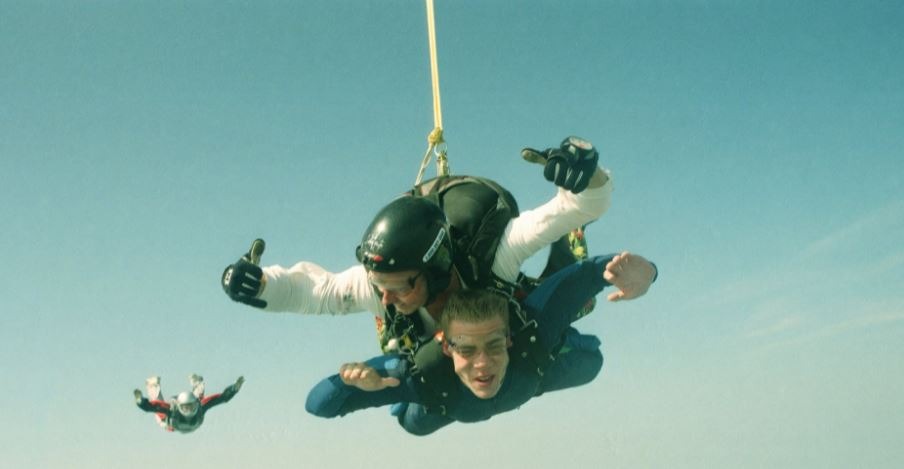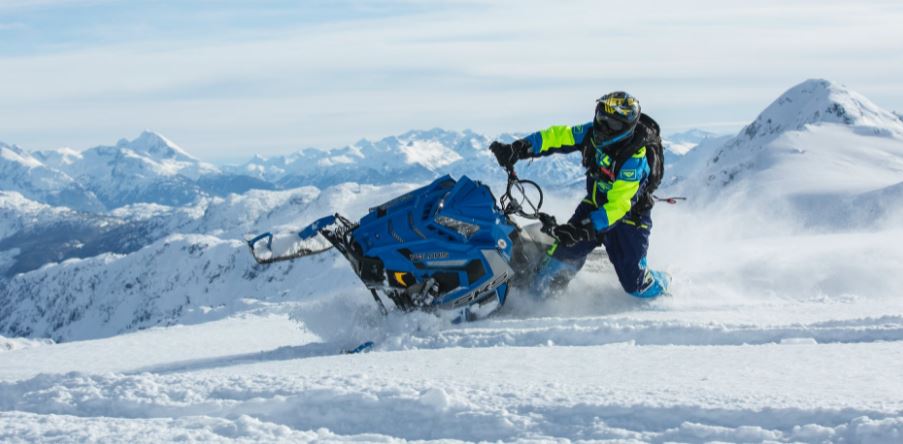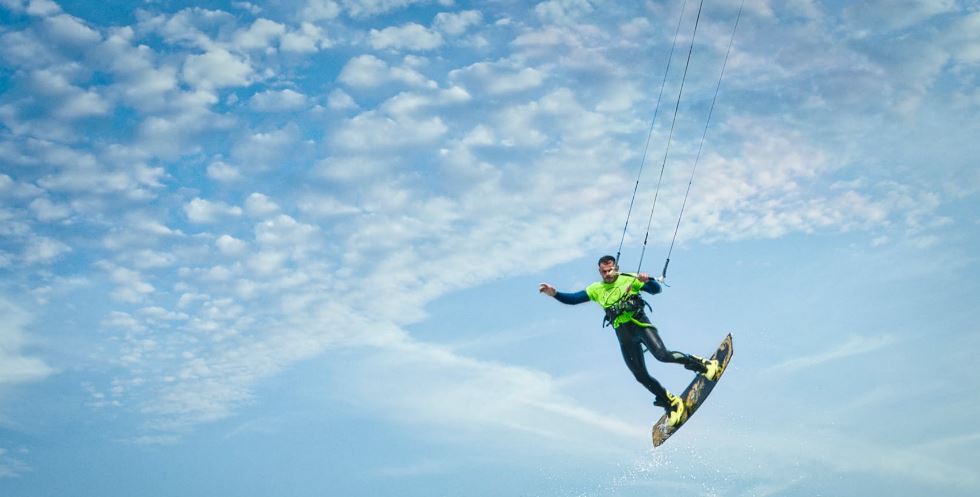Broken bones, shark attacks, head trauma, and casualties all while participating in your favorite sport. Is it worthwhile?
Extreme sports entail extreme risks. There are many debates about whether these sports are ethical and why anyone in the right frame of mind would contemplate participating in such events. These sports frequently involve high speeds, a high degree of physical exertion, great heights, spectacular stunts, or highly specialized equipment.
Snowboarding, surfing, freestyle and speed skiing, mountain climbing, sky diving, and wakeboarding are popular and rapidly growing types of extreme sports in today’s society. But, aside from being popular and exhilarating, what motivates people to play extreme sports?
Sensation-Seeking Personality
Adventure sports are what most of us do every other weekend these days. Rappelling, cliff diving, skateboarding, paragliding, rock climbing, and other similar sports are becoming increasingly popular.
What, however, makes some people eager to try these sports while others shudder at the idea of even putting on a harness? According to researchers, some individuals have a “sensation-seeking personality,” that’s why some are more likely than others to participate in these extreme sports.
One of the first to respond to this subject was Marvin Zuckermann, a professor at McGill University.
Because he was intrigued by some armies throughout history who tortured captives through sensory deprivation, Zuckermann created a research lab where people spent hours deprived of their senses. The professor set up a darkroom where the participants could only hear static and see nothing; they could only go out to use the restroom or eat.
The experiment’s outcome was simple, or so he thought. Some folks sat for hours without moving, while others became restless.
He believed that those who became restless more easily were those who sought sensation. Essentially, they desired (or even required) external stimuli to keep them sane. Those who remained seated for hours were not looking for external sensations.
Unexpectedly, he was completely wrong.
Many people started to sign up for his research after hearing about it. He described the attendees as “motorcycle jacket-wearing, long-haired, free-spirited types.” He referred to them as nonconformists, the “unconventional lot” back in the 70s.
Some people who had previously participated had reported hallucinations during the session. As a result, many people showed because it was novel and unusual. The urge to experience something unique, new, and exciting, according to Zuckerman, is the driving force behind sensation seeking.
Sensation Seeking Scale
Based on his findings, he developed the Sensation-Seeking Scale and based on the scale’s scores, he hypothesized that those who scored low in sensation-seeking preferred the familiar, whereas those who scored high actively sought out more challenging ways of engaging.
The scale consists of 44 questions presented on a 5-point Likert scale. Each of the four categories is scored in the final report. Getting a high score in every component is unnecessary to be labeled a sensation seeker. The results may differ depending on your definition of a thrill/sensation/adventure seeker.
The Four Components of Sensation-Seeking
According to Zuckerman, sensation-seeking has four key components that define the trait in someone’s personality:
Adventure/Thrill Seeking
What is the world’s tallest building? Do you know how many people have been arrested for base jumping from the Burj Khalifa or the One World Trade Center?
Many thrill seekers ignore the risks because they are ready to risk their health, large sums of money, and even their lives to experience unparalleled excitement. They seek out daring things.
According to researchers, many business owners can also be sensation seekers as an outcome of this factor. They take risks, whether unknown or calculated because they crave the reward and think the risk is worthwhile. Men tend to outperform women in this category.
Disinhibition
“Just Do It,” Nike’s famous catchphrase, is well-known. Those who have a high level of disinhibition do exactly that.
They excel at being spontaneous and uninhibited, acting without regard for the consequences of their actions. They do not ask questions, are impulsive, do not overthink, and act on their thoughts as soon as they appear.
Experience Seeking
The Disgusting Food Museum is a one-of-a-kind and unusual museum in Sweden. The museum houses some of the strangest dishes worldwide; they may be repulsive to some, but they are a delicacy to others. People flock to this place to try their coffee made from civet excrement, maggot-riddled cheese, and wine made with a baby mouse infusion.
This takes us to the other aspect of sensation-seeking: novelty-seeking or an eagerness to try new things. So, sensation seekers are motivated not only by thrills but also by unique and novel experiences.
Susceptibility to Boredom
If you recall Zuckermann’s study, some people could tolerate sensory deprivation calmly, and those who couldn’t. That reveals a lot about their boredom tolerance.
Many of us become engrossed in our thoughts, content with the universe of our minds. However, some people get bored easily and become irritated when there is nothing exciting going on around them.
Most thrill-seekers forgo doing the same thing twice. Or they will abruptly stop doing something they adored simply because they became bored with it. Boredom susceptibility refers to the ability to endure a lack of external stimulus.
What Drives People to Participate in Extreme Sports?
According to new research, those who actively engage in extreme sports are not adrenaline junkies with death wishes. Rather, researchers at the Queensland University of Technology believe that those who participate in extreme sports do so to have a life-changing experience.
One mistake in extreme sports such as big wave surfing, base jumping, and solo free climbing can result in death. Nonetheless, their popularity is growing.
Extreme sports have become a worldwide phenomenon, with unprecedented engagement and interest in these activities. While participation in many traditional individual and team sports, such as basketball, golf, and racket sports, appears to have dropped over the last decade, participation in extreme sports has increased, creating a multimillion-dollar industry.
There has been an extensive misconception about what motivates people to participate in extreme sports. Extreme sports enthusiasts, according to research, are anything but reckless risk-takers with death wishes. They are extremely skilled individuals with in-depth knowledge of themselves, the activity, and the surroundings who do it to have a life-changing and life-enhancing experience.




